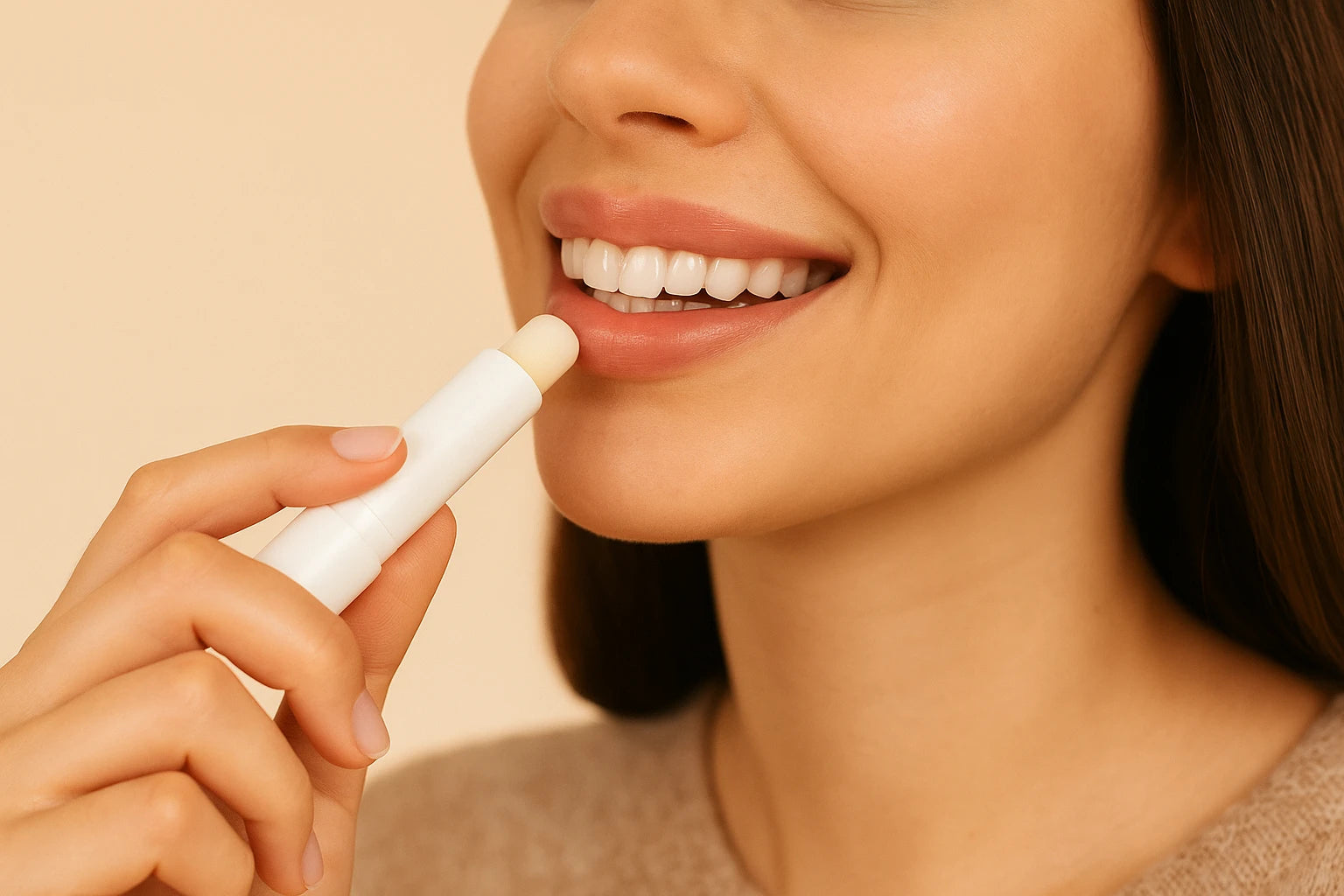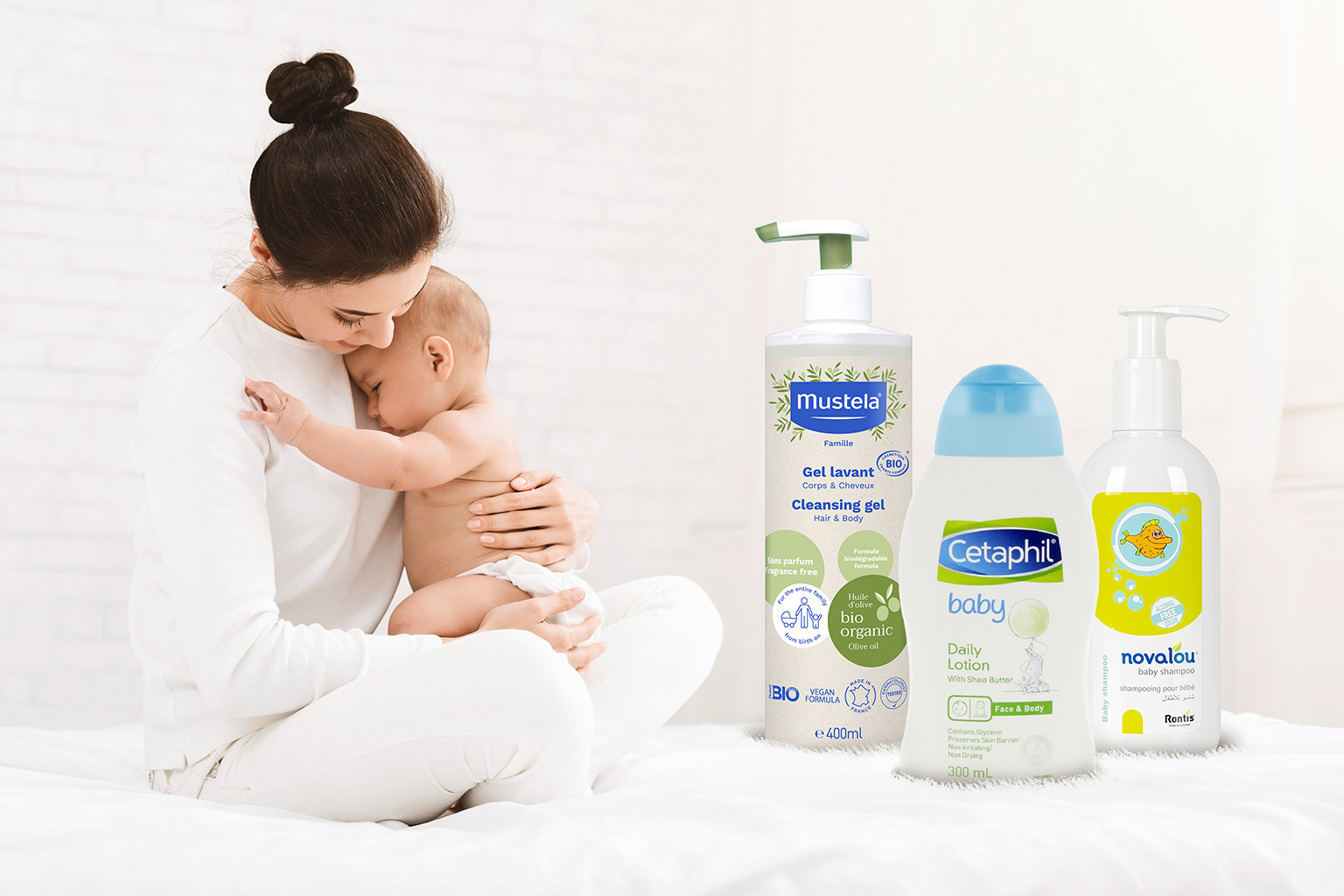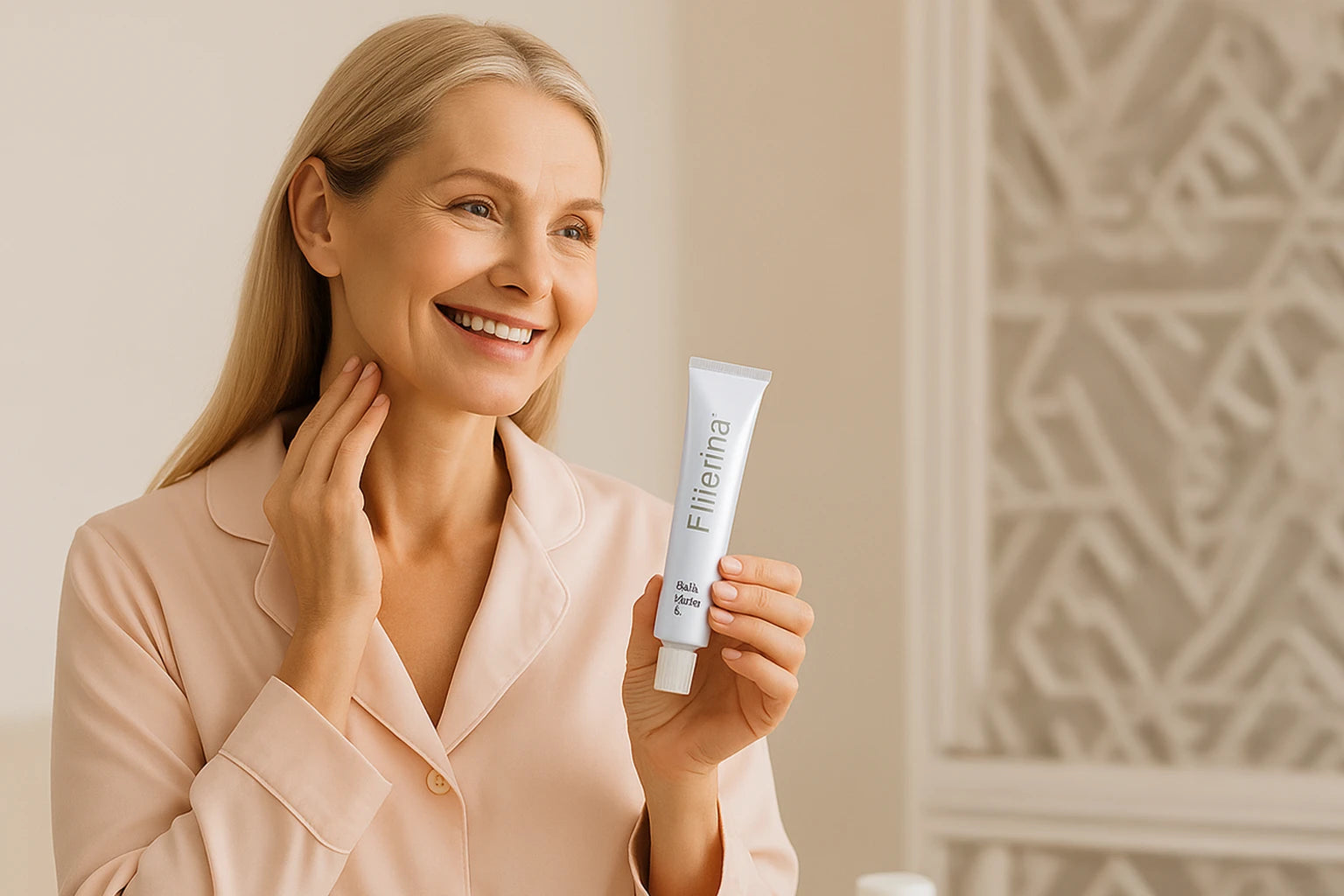
Content:
- What is Roaccutane? (Isotretinoin)
- How Roaccutane Works for Acne
- Common Side Effects (Most Common)
- Moderate Side Effects (Require Monitoring)
- Rare Side Effects (Serious)
- Roaccutane Before and After: Benefits vs. Harmful Effects
- When Do Results of Roaccutane Become Visible?
- When Does Roaccutane Start to Work?
- Conclusion: Managing Side Effects Safely
Roaccutane (or isotretinoin) is a highly effective solution for many in their battle with acne, but it is a powerful medication with side effects that must be understood and managed carefully. If you are concerned about the long-term side effects of Roaccutane or are looking for ways to manage its symptoms, this article is your comprehensive guide.
Here, we focus not only on the side effects of Roaccutane but also on practical advice based on expert experience to minimize and control them, making your journey to clearer skin easier and more comfortable.
1. Common Side Effects (Most Common)
These side effects are generally not dangerous and are often an indication that Roaccutane is working effectively.
Severe Dryness
What happens: Dryness of the lips, face, nose (sometimes causing slight bleeding), and eyes.
How to manage:
- Apply medicated lip balm frequently.
- Use a fragrance-free moisturizer suitable for dry and sensitive skin.
- Use lubricating eye drops if needed and avoid wearing contact lenses.
Sun Sensitivity
What happens: Skin becomes more susceptible to sunburn.
How to manage:
- Apply sunscreen with an SPF of at least 50 daily.
- Reapply every two hours when exposed to direct sunlight.
- Avoid prolonged exposure to direct sunlight.
2. Moderate Side Effects (Require Monitoring)
These effects may occur in some users and require medical supervision.
Joint and Muscle Pain
What happens: Mild joint or muscle pain, especially after exercise.
How to manage:
- Avoid strenuous exercise and heavy lifting.
- Perform stretching and gentle activities such as walking or yoga.
Changes in Lipid and Liver Levels
What happens: Roaccutane can affect cholesterol and triglyceride levels as well as liver function.
How to manage:
- Regular blood tests as recommended by your doctor.
- Maintain a healthy diet and reduce fat intake.
3. Rare Side Effects (Serious)
These side effects are uncommon but require immediate medical attention.
Fetal Anomalies
Important warning: Roaccutane can cause serious birth defects.
How to manage:
- Women of childbearing age must use two effective forms of contraception one month before starting treatment, throughout treatment, and for one full month after stopping treatment.
Psychological Effects
What happens: In very rare cases, the drug has been linked to mood swings or depression.
How to manage:
- Contact your doctor immediately if you experience any psychological changes.
- Your doctor should assess your psychological state before and during treatment.
Roaccutane Before and After: Benefits vs. Harmful Effects
Despite these side effects, the benefits of Roaccutane far outweigh its risks in cases of severe acne.
- Often provides permanent results
- Restores self-confidence
- Prevents the formation of difficult-to-treat scars
When Do Results of Roaccutane Become Visible?
- Initial results usually appear after 4–6 weeks
- Final, effective results appear after completing the full course of treatment
When Does Roaccutane Start to Work?
- Sebum production begins to decrease within the first week
- Visible changes in acne may take longer to appear
Conclusion
The side effects of Roaccutane can largely be controlled when used under the supervision of a specialist doctor. Adherence to medical instructions and regular check-ups are key to achieving healthy skin and satisfactory results.




